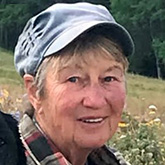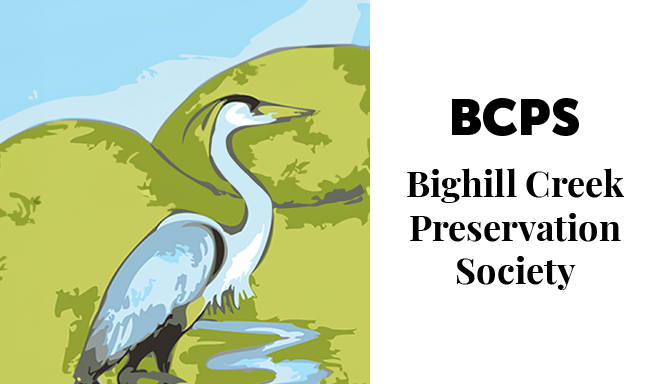Canada has committed to protecting 30% of its biodiversity by 2030.
Where Does RVC Stand? Vivian Pharis writes about Bighill Creek as an example.

Alberta’s largest, most populous county is Rocky View. Much of RVC’s nearly 4000 sq km has been converted to agriculture, with rural subdivision now in steady pursuit. Currently, three provincial parks protect 15.16 sq km, or 0.4% of RVC’s land base. The park in Bighill Creek’s watershed is 70 acres and receives at least 1/4 million visitors a year. By contrast, gravel interests in the immediate area cover 1300 acres or 5.3 sq km, many of these being lands with high conservation value.
The little 174 sq km Bighill Creek watershed within RVC, is arguably home to RVC’s greatest diversity of wildlife. Native grasslands and aspen stands are relatively intact, due perhaps to its history of dispersed cattle ranching and dairy farming. Unusually, three ecological regions – Prairie, Aspen Parkland and Foothills converge here, each bringing a complement of diversity. Change though, is an increasing factor in the watershed, with Cochrane and Airdrie ever spilling into it, and proliferating residential subdivision, oil drilling and gravel mining. Wildlife numbers are responding surprisingly quickly and rarely positively.
Gone altogether are the bison that would have dominated the landscape only 140 years ago. Gone too is the range of large predators that would have tied their lives to the bison, although surprising remnants mingle today throughout the watershed. These include cougar in good numbers, drawn to healthy populations of mule and white tailed deer. Grizzly and black bear are evident throughout, although not common. Occasionally wolves visit parts of the watershed, especially Big Hill Springs Park environs and even right up to Cochrane’s boundaries. It is unlikely they are more than drifters.
A herd of 50-75 elk meanders between Horse Creek and Bighill’s Watersheds, probably succeeding because of few predators and safety from rifles. Bobcats seem to be establishing themselves. Coyotes, foxes, beavers, garter snakes, moose and both deer species are the most commonly seen mega wildlife. Turkey vultures are occasional and startling fall visitors and even raccoons and eastern squirrels are testing the neighborhood.
Not all is well with many of our native fellow creatures, however. My husband and I bought one of the first RVC acreages in 1971, 20 acres overlooking Bighill Creek and out to the mountains. It has been an enlightening place to live for 50+ years. As biologists we took interest in local nature, early on reveling in its variety of species and their abundance.
Fifty years ago these animals were commonly here. I’ve mourned their steady decline over this time span, which includes some facing local extinction. Gone in only 50 years are badgers, porcupines, western toads, lynx and snowshoe hares, and even Richardson’s ground squirrels. The ground squirrels were here in the many thousands in the 1970’s-1990’s, along with skies full of red tailed hawks, their main predator. The Swainson’s hawk has replaced the red tailed hawk in recent years, but in far fewer numbers. The creek’s heron colony has remained steady for 100+ years, but peregrines no longer nest in the rocky cliffs. Even prairie falcons are almost gone, not helped by local boys on motorbikes disturbing them and smashing their nests with rocks. I have not seen a covey of sharp tailed grouse or Hungarian partridge in more than 20 years. Muskrats have become uncommon in the creek, as well as mink that were noticeable into the 1990’s. Moose have remained in good numbers, but so many are being killed on Highways 1A and 567 that they are surely on their way out.
It is shocking for me to realize that in the short space of 50 years, so many species of wildlife are no longer seen in my neck of the watershed. Porcupines may have annoyed gardeners, but the watershed had habitat supporting their numbers in the hundreds well into the 1990’s. Badgers and their funny little striped, flat babes used to cavort in open landscapes, still here until about 2000. A lynx lived in our lumber pile as we built our house in the 1970’s, keeping fat on abundant hares. I really regret the loss of western toads that I encouraged to live in my garden with clay pot hideouts. Lynx and toads and badgers were common critters 50 years ago. Could we possibly see them again? Perhaps, but only with far better land management and a lot more habitat protection.
Vivian Pharis
February 22, 2024
